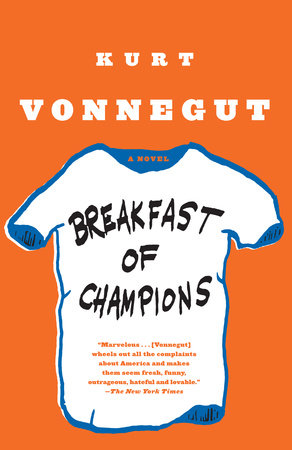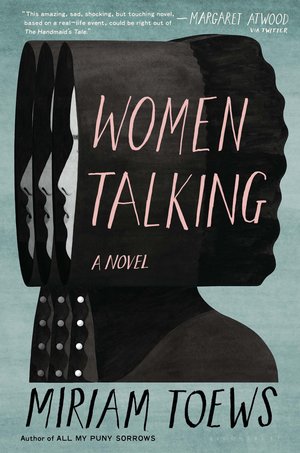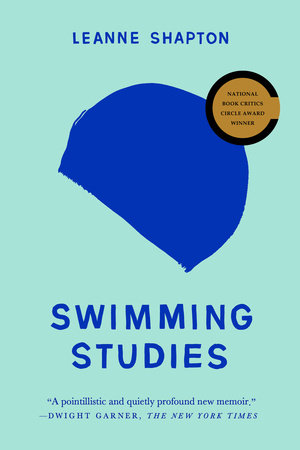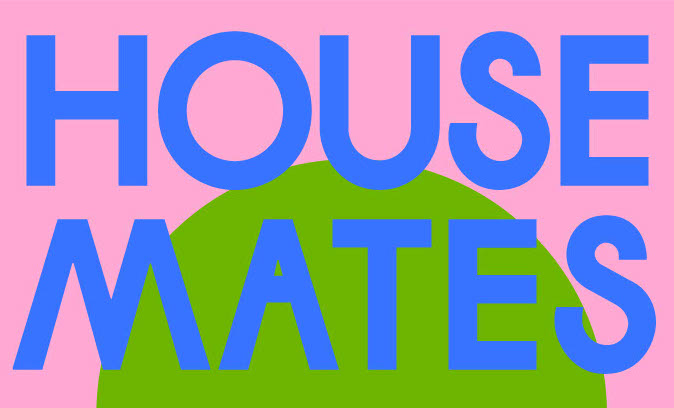Reading Lists
7 Illustrated Novels for Adults
Maria Reva recommends stories with visual elements
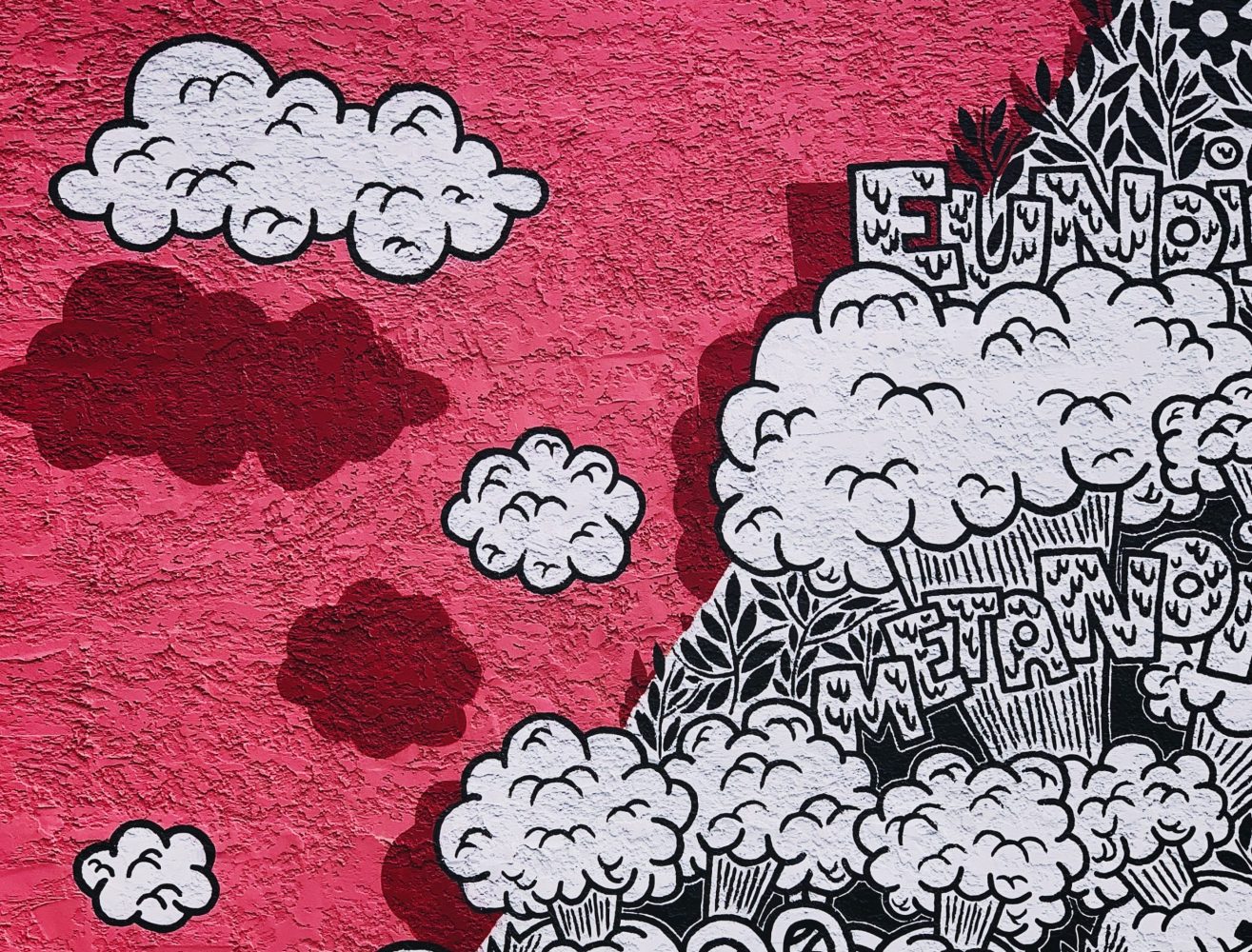
Though illustrated books were common in the 19th century, you won’t find illustrations in many adult books these days. Perhaps it’s the production cost, or that illustrations in books are often perceived as unserious or unnecessary.
While workshopping the stories from my linked collection, Good Citizens Need Not Fear, the graphic elements met resistance. Did I really need the diagrams showing how beds are arranged in a Soviet orphanage? What about the illustration of a truck tire being cut into a swan (a common DIY in Ukraine)? Couldn’t I just use my words?
Not only do illustrations efficiently evoke a complex concept (a tire-to-swan description would have read like a tech manual), they express what the text cannot—or will not. In the orphanage story, “Little Rabbit,” the narration portrays a charmingly efficient institution, but it’s the diagrams that tip the reader off to a horrifying reality: the children deemed to have less potential begin disappearing from records.
Here are 7 books whose authors don’t (exclusively) use their words:
Atmospheric Disturbances by Rivka Galchen
A psychiatrist is convinced his wife has been replaced by a doppelganger, and embarks on a desperate search for his real wife. As he slides into insanity, he uses scientific models to prove to himself that he is indeed of sound mind. His commentary on one of the models, however, betrays his true state: “That image […] looked to me like a lonely man, in an alien landscape, glancing back over his shoulder as if to ask something of someone he was not sure was there.”
Breakfast of Champions by Kurt Vonnegut
Most people know what the American flag looks like. Or what a pair of underpants looks like. But Vonnegut illustrates them anyway, accompanied by the refrain, “This is what [X] looked like.” Vonnegut’s illustrations might seem comically redundant, but they perform a vital function: their archeological tone gives the reader distance, creating the impression the novel is about an alien civilization, its idiosyncrasies to be examined with a fresh eye.
The People of Paper by Salvador Plascencia
Illustrations, diagrams, redaction: you name it, this whirlwind of a novel has it. In the original McSweeney’s edition, there are even pages with offending words/names physically cut out. As the characters wage a war against the omnificent narrator and his pesky habit of intruding upon their thoughts, the graphic elements become more and more wacky. (Illustrations by Sarah Tillman.)
Women Talking by Miriam Toews
The novel begins with a set of three illustrations by Willow Dawson: curly clouds over fields, a man and woman brandishing knives at each other, and a horse walking away. We soon find out that the illustrations are a voting ballot: a group of Mennonite women (who are illiterate) will cast their vote to decide how to respond to the crimes perpetrated against them.
The Power by Naomi Alderman
Women develop the ability to generate electrical current with their hands, thereby becoming physically (and, by extension, politically) superior to men. The novel is framed as a male writer’s fictional account, 5,000 years later, of the origin of female dominance. Peppered throughout are archeological drawings of our present time, satirically interpreted through the matriarchal gaze of the future.
Little by Edward Carey
Little is based on the life of the famous wax sculptor Marie Tussaud. We witness Tussaud’s growth as a woman and artist through her (Carey’s) delightfully upsetting illustrations: body parts, dead animals, personal effects, and more. As Aida Edemariam writes, “To look well, for Carey, an illustrator as well as a novelist, is to see how emotion and meaning inhere in all objects, giving them independent life.”
Swimming Studies by Leanne Shapton
Shapton’s memoir explores her fraught past in competitive swimming—she was a former contender for the Canadian Olympic team—and the challenge of shedding one identity (swimmer) for another (artist). Photographs and illustrations intersperse with autobiographical sketches. For example, in what Ben Wiley calls “a marvelous piece of synesthesia,” Shapton paints and describes fourteen odors from swim meets (parka hem included!).






